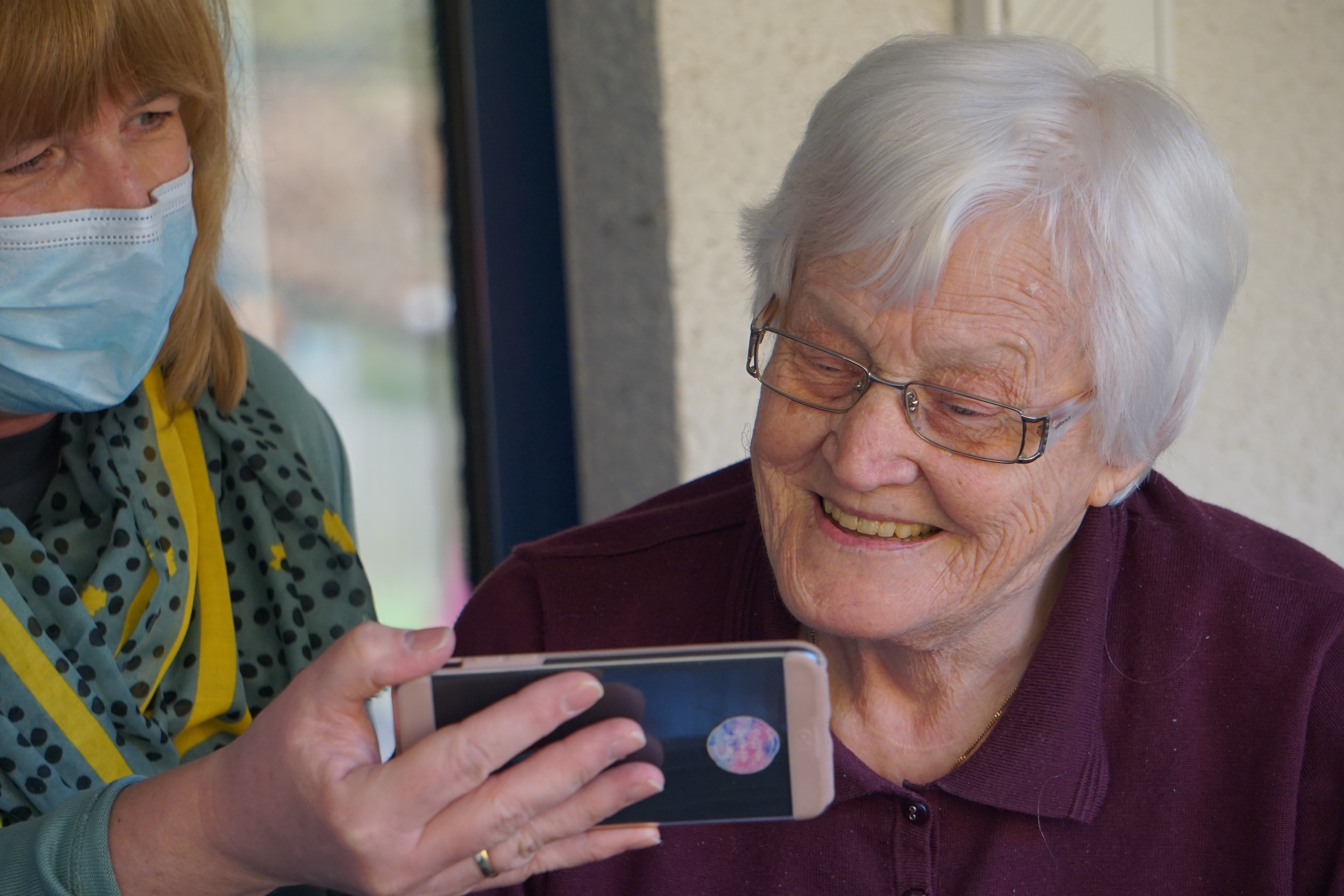
6 Best Tips for Caring For Patients with Back Issues
How to Help Patients with Back Problems Live Comfortably and Work Through Treatment
Back pain and back issues are quite common, so understanding how to care for someone with back issues is very important. Chronic back pain can be both emotionally and physically challenging as well as life changing. Whether you are a family caregiver or a professional caregiver, these 6 tips will help you care for your patients who suffer from a variety of back issues.

Learn About The Back Problem
1Education is key! If you are a family caregiver, it is important to learn as much as possible about your loved one’s back condition. This will ensure that you will be able to help with your loved one’s treatment, ensuring their comfort and furthering any rehabilitation efforts.
Listen to the Patient
2It might seem like this doesn’t need to be said, but it is important to listen to the patient about what they are experiencing. The patient may be feeling not only discomfort, but also feeling depressed or hopeless. Allow the patient to talk about these feelings and show empathy. By showing your support, you loved one or patient may feel more comfortable asking for your assistance when needed.
Encourage Activity
3Be sure to encourage the patient to continue moving if possible. Special exercises for rehabilitation or physical therapy may be prescribed and it is important that the patient do these exercises. Show support as a loved one by being a rehab buddy and join in on the exercise program. Encourage the patient to take their medications and to eat healthy. If you are a loved one, develop a reminder system for taking meds and doing exercises and eat healthy meals together. It is important to be healthy and to quit smoking or lose weight if prescribed by the doctor.
Rearrange the House to Minimize Back Strain
4Each day we do a lot of bending, lifting and stretching. To help minimize additional strain on the back, make some rearrangements to the house. This includes moving frequently used items, such as dishes and toiletries, to chest height. You can also make sure that furniture is back friendly. For example, customize the patient’s favorite chair with pillows or supports to ensure correct posture.
Keep a Pain Management Log
5Encourage the patient and any family caregivers to keep a pain management log. This will help you lean of any triggers for back pain, how long the pain lasted and other specifics. Pain management logs are an important part of helping to determine continuing treatment and care plans.
Prevent Future or Additional Back Pain
6Help the patient avoid additional or future back problems by helping them learn how to bend and lift properly. As a family caregiver, make sure your loved one never lifts something that is too heavy. The patient should also avoid standing for long periods of time. The patient should also not wear high heels but rather, comfortable shoes that provide support. Ensure that they stand and sit with proper posture to avoid strain and remind the patient that it is okay to take a timeout when they are feeling exhausted or frustrated.
By following these tips, you will be able to help the patient live more comfortably and help them work through any treatment, such as physical therapy exercises. By encouraging movement, healthy living and following the care plan, pain can be decreased and any rehabilitation can begin.





